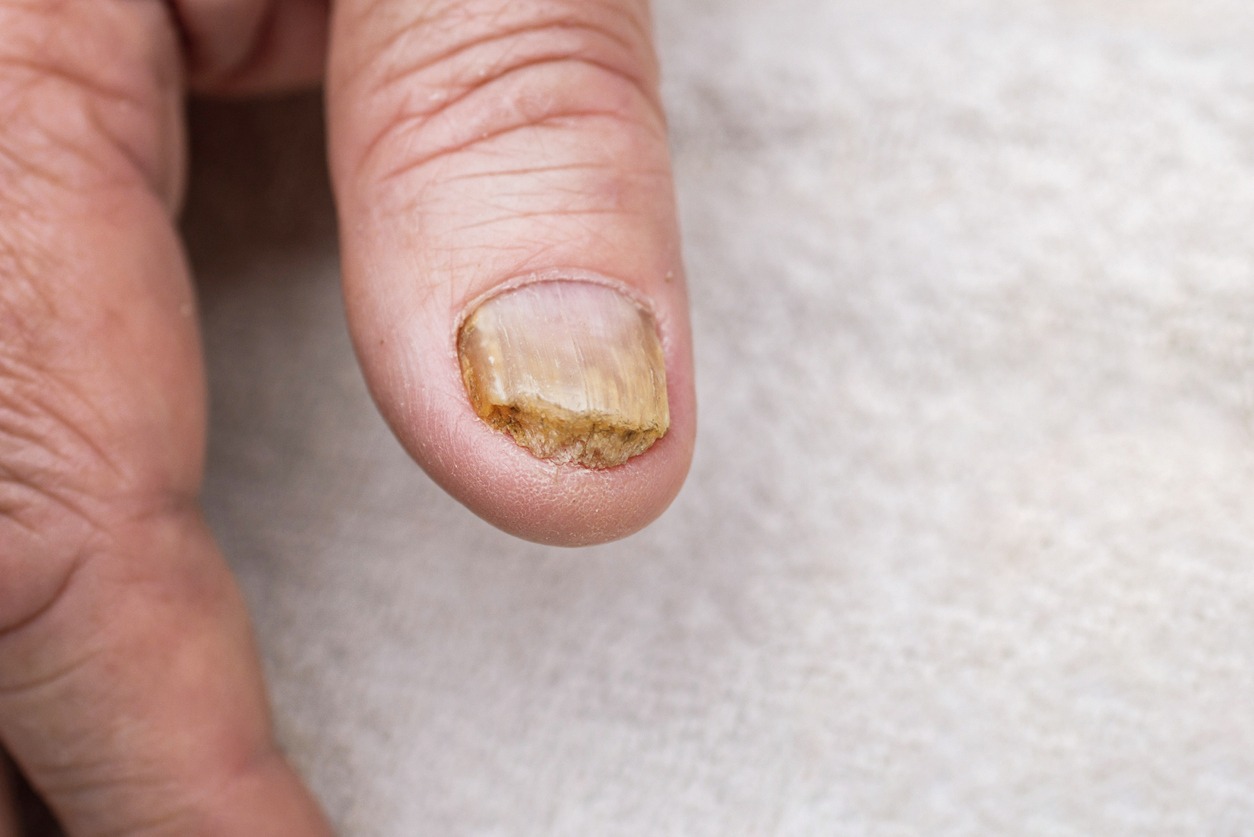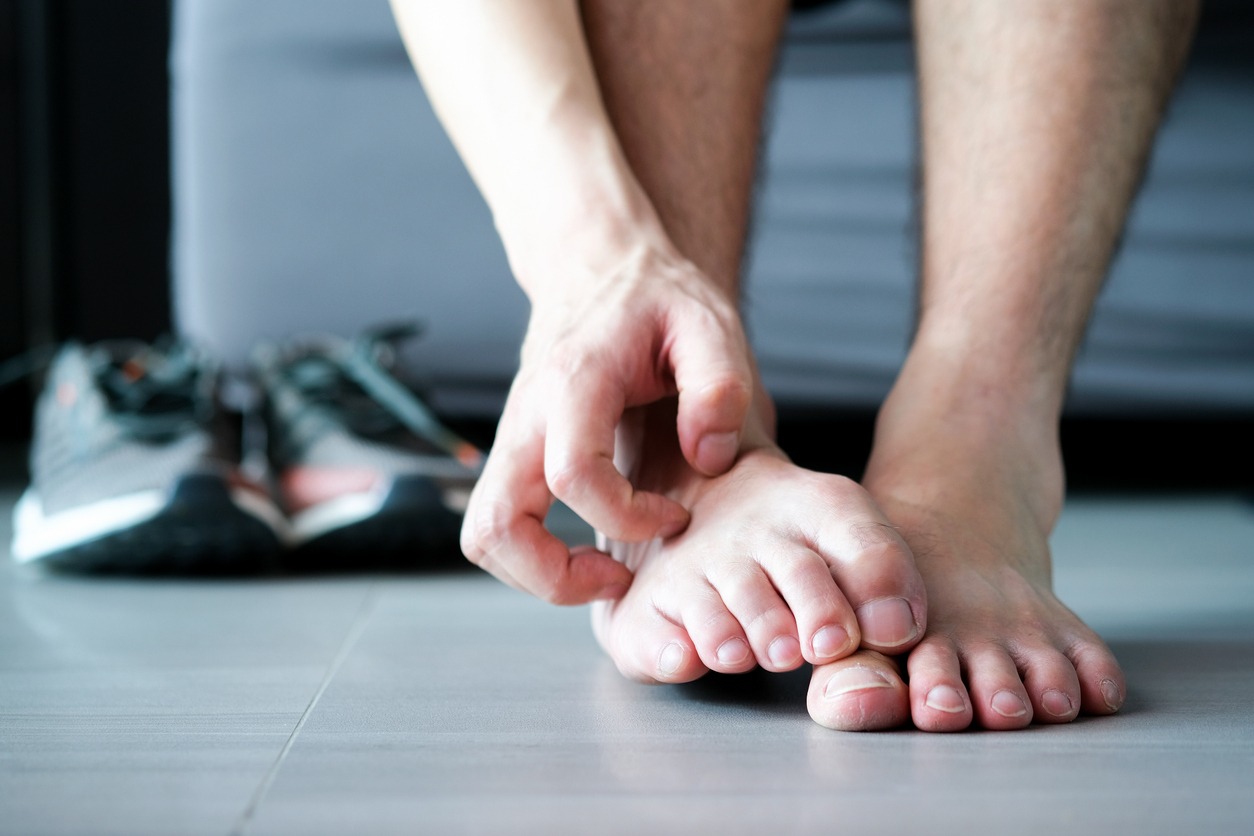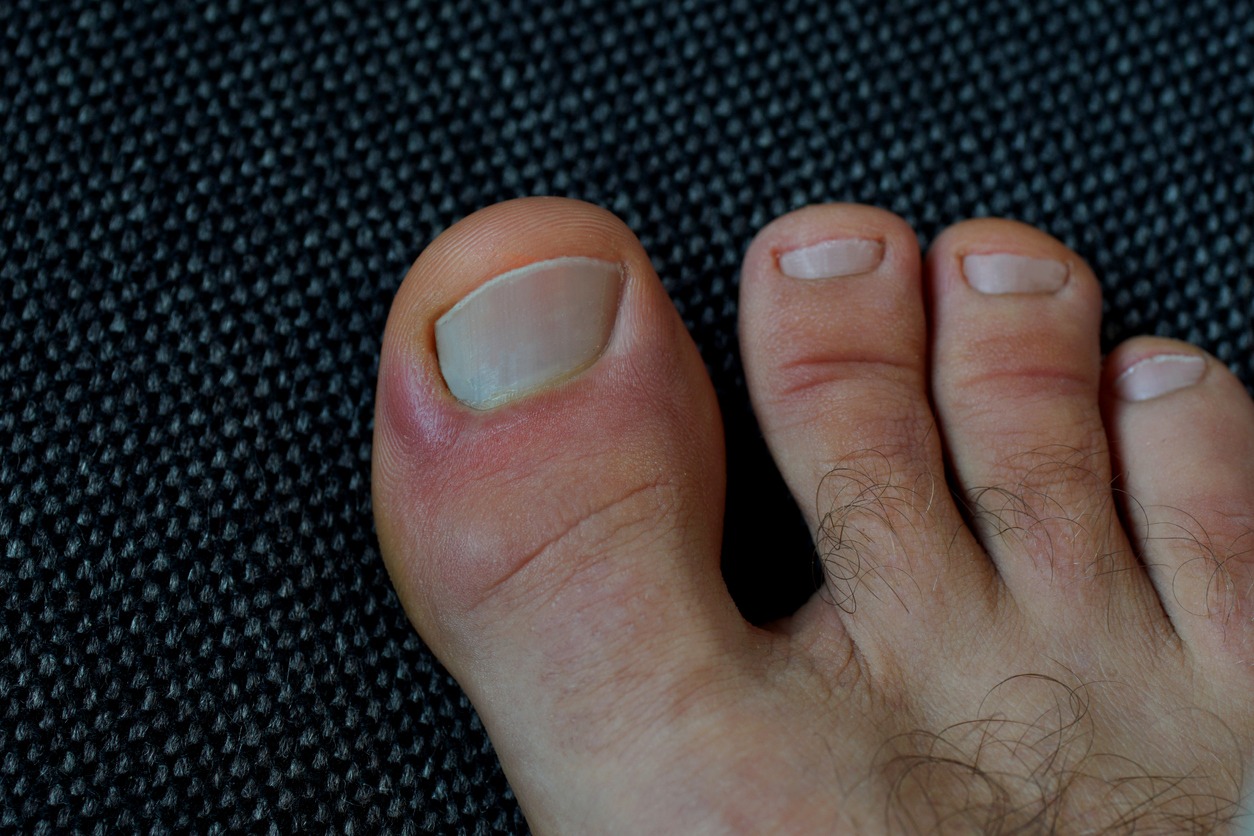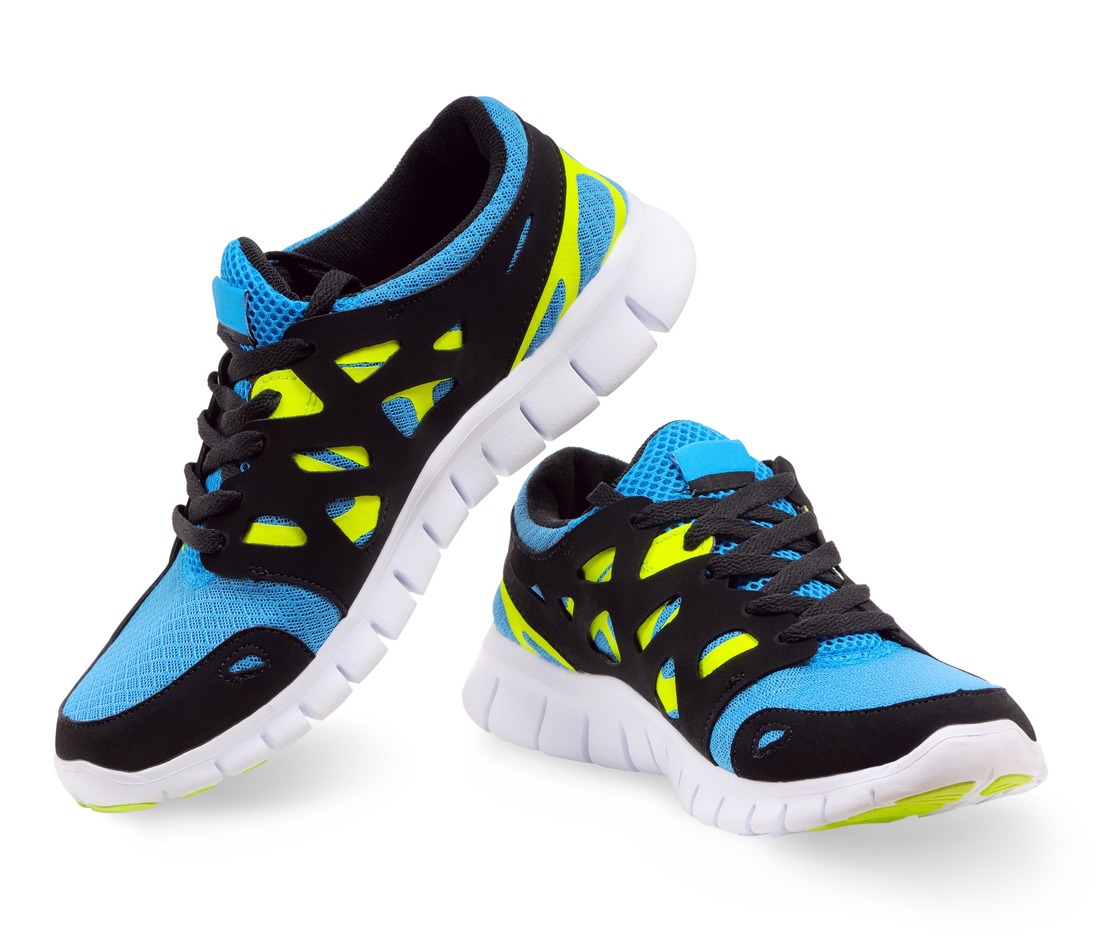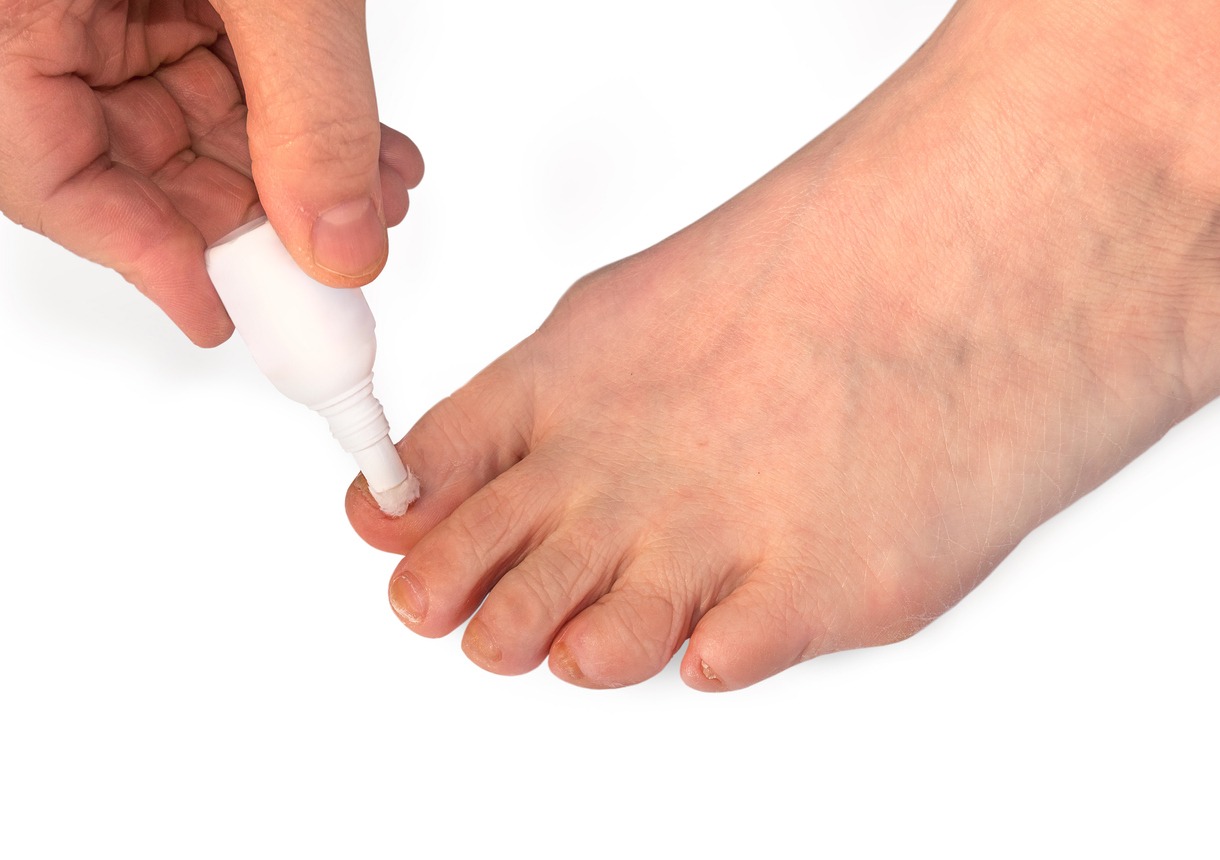Toenails are arguably some of the most sensitive parts of our feet, as they are often susceptible to illnesses, conditions, and disorders. One of the problems that may occur on the toenails is that they would become thicker over time, and this abnormal thickness of the toenails is caused by numerous factors. In this article, we will talk about those factors to have a better look at what causes thick toenails and how they can be prevented and treated. So, without further ado, here are the things you need to know about thick toenails and how to deal with them.
The Main Cause of Thick Toenails
Thick toenails are caused by one primary culprit. This culprit is a fungus that infects the toenails and affects their thickness, color, and texture. You can find out more about the fungus and the factors that allow it to infect the toenails by reading our description of onychomycosis and its risk factors below.
Onychomycosis
Onychomycosis, also known medically as tinea unguium and simply as toenail fungus, is a type of fungal infection that affects the nails. Although this fungal infection can appear on the nails of the fingers, they are seen more often in toes’ nails. Some of the symptoms of onychomycosis include discoloration of the nails from translucent white to yellow or orange, brittleness at the nails’ ends, and abnormal thickness of the toenails. [1]
The Risk Factors for Onychomycosis
Onychomycosis occurs on the toenails due to several factors, and these factors are connected or associated with the toenails’ inability to protect themselves against fungal infections. To know more, here are the risk factors for onychomycosis.
Athlete’s Foot
Athlete’s foot is another form of fungal infection that occurs on the feet. However, instead of on the toenails, the athlete’s foot affects the skin of the feet, primarily between the toes. When you have an athlete’s foot, the affected skin will be slightly yellow in color, and it would also have cracks and blisters that can be very itchy and painful depending on their size. Athlete’s foot increases the chance of you getting onychomycosis, as the fungi that infect the skin of the feet can also infect your toenails. So, if the athlete’s foot worsens, then you will most likely get onychomycosis too.
Different Nail Diseases
Nail disease or onychosis can also develop into onychomycosis, no matter their causes. There are different nail diseases that can affect the toenails, but the ones that have a high chance of developing into onychomycosis are onychia, an inflammation on the folds of the nails due to pathogens that go inside small wounds, and onychocryptosis, also known as ingrown toenails, occurs when the nails are piercing the skin of the toes on the sides.
Paronychia
Paronychia is an inflammation that occurs on the skin surrounding the nails. The inflammation is caused by a bacterium called Staphylococcus aureus, but it can also be caused by the fungus Candida albicans. When the infection is caused by fungi, you will have a higher risk of getting onychomycosis, as the fungi that infect the skin of the fingers or toes can also attract different species of fungi that can infect the toenails.
Poor Immune Function
Poor immune function can also contribute to increasing the probability of someone getting onychomycosis. Without a strong immune system, fungi, bacteria, viruses, and other harmful elements are free to infect and cause illnesses in your body. Because of how sensitive the toenails are, they are usually the ones that get infected a lot due to poor immune function.
Preventing and Treating Thick Toenails
Thankfully, treating thick toenails is relatively simple and easy, as there are home remedies that you can try out using different products and items, but if home remedies aren’t effective, there are also topical medications that you can apply on the affected toenails. Here are some of the best ways that you can prevent and treat thick toenails.
Wear Moisture-Wicking Socks and Shoes
Fungi like to live in areas that are full of moisture, which is why the feet are susceptible to getting infections, as the feet produce a lot of sweat while inside a pair of shoes, and this sweat can then create a lot of moisture. Whenever you are wearing shoes that don’t have ventilation holes or breathable materials on their upper, your feet will most likely sweat a lot because of how hot it is inside the shoes, and when they sweat excessively, they create the perfect environment for fungi to live and thrive.
So, in order for your feet to stay cool, you should wear shoes and socks that have moisture-wicking abilities. For shoes, the upper should be breathable, and this feature is often found in softer materials like textiles and mesh. However, if the upper is made of thicker and more rigid materials like leather, then it should have ventilation holes on the forefoot and on the sides of the midfoot.
Have Proper Nail Care
Nail care is also essential in preventing and treating thick toenails, and getting nail care is fairly simple. Having a pedicure at least once or twice a month is basically important, as a pedicurist would have better knowledge on how to take care of your nails compared to you, as they would have sharper eyes when it comes to looking for problems on your toes.
In addition, you should also keep your feet as clean as possible so that you can regularly get rid of dirt and grime on your toes. For cleaning, you can use a pumice stone that scrubs away dirt and a foot scrub that can eliminate fungi, bacteria, and viruses that are lurking on the surface of your feet.
Cutting thick toenails is challenging, and it can be more difficult if you find it hard to reach your feet. If this is the case, you may read our article about the Ways to Cut Toenails When You Can’t Reach Your Feet to learn the best tips.
Apply Topical Medication
If regular cleaning and nail care aren’t enough to get rid of toenail fungus that causes thick toenails, then you should apply topical medication on the affected areas, as they are very effective in killing and eliminating fungi on your toenails. Two of the best topical medications that you can apply on your thick toenails are tavaborole (Kerydin) and efinaconazole (Jublia), which are antifungal creams that are applied directly on the surface of the nails. [2]
Thick toenails are easy to deal with as long as you know what caused the problem and how it can be dealt with. We hope the information we provided above about the causes of thick toenails and how they can be prevented or treated can help if you currently have a fungal infection on your toenails or if you want to stop the infection from happening. If symptoms persist, we advise that you visit a local healthcare professional.
References
[1] Tosti, A. (2020, October 5). Onychomycosis. Medscape. Retrieved January 31, 2023, from https://emedicine.medscape.com/article/1105828-overview
[2] Jancin, B. (2018, February 5). Maximizing topical toenail fungus therapy. MDedge. Retrieved January 31, 2023, from https://www.mdedge.com/internalmedicine/article/157925/hair-nails/maximizing-topical-toenail-fungus-therapy


